Hisense U8NQ is an example of a television that shows the brand does not intend to stay in the shadow of the competition. Thanks to MiniLED technology, it has achieved a truly high level of contrast and deep blacks. This is especially noticeable in movies – dark scenes appear vivid, while bright elements in HDR stand out with intensity. Interestingly, the TV supports multiple formats, including the most popular one - Dolby Vision, which highlights details that might be overlooked on other screens. Of course, there are times when, in more demanding scenes, the details of smaller elements are somewhat less well-rendered, but the overall picture performs very well. The Hisense U8NQ is quite a comfortable and versatile television during everyday use. The ability to record programs and support for AirPlay certainly adds to its appeal. The remote control is classic and simple, but very intuitive to use. As for the VIDAA operating system – it works quickly and without major delays; however, we won’t find all applications here, such as Spotify or SkyShowtime. For those who use these platforms daily, the absence may be felt, though for many it will not be a crucial issue. When it comes to motion on the screen, the U8NQ performs well. The 144 Hz panel and features like VRR and ALLM make the TV handle smoothly in dynamic movies and while gaming. The gameplay was enjoyable, and the low input lag along with stable picture allowed for enjoyment of every detail – even in fast-paced, intense games. Hisense U8NQ is a television that proves it can compete with Korean manufacturers shoulder to shoulder. It offers really solid picture quality and practical features - despite a few minor shortcomings. In its price category, it performs excellently and can be a good choice for both movie lovers and gamers.
- Matching (Score)
- Our verdict
- TV appearance
- Where to buy
- Contrast and black detail
- HDR effect quality
- Factory color reproduction
- Color reproduction after calibration
- Smoothness of tonal transitions
- Image scaling and smoothness of tonal transitions
- Blur and motion smoothness
- Console compatibility and gaming features
- Input lag
- Compatibility with PC
- Viewing angles
- TV efficiency during daytime
- Details about the matrix
- TV features
- Apps
- Playing files from USB
- Sound
Hisense U8NQ vs Hisense U7Q
Direct compare
Check the best price offer:
Hisense U8NQU8NQ
U7Q / U78Q

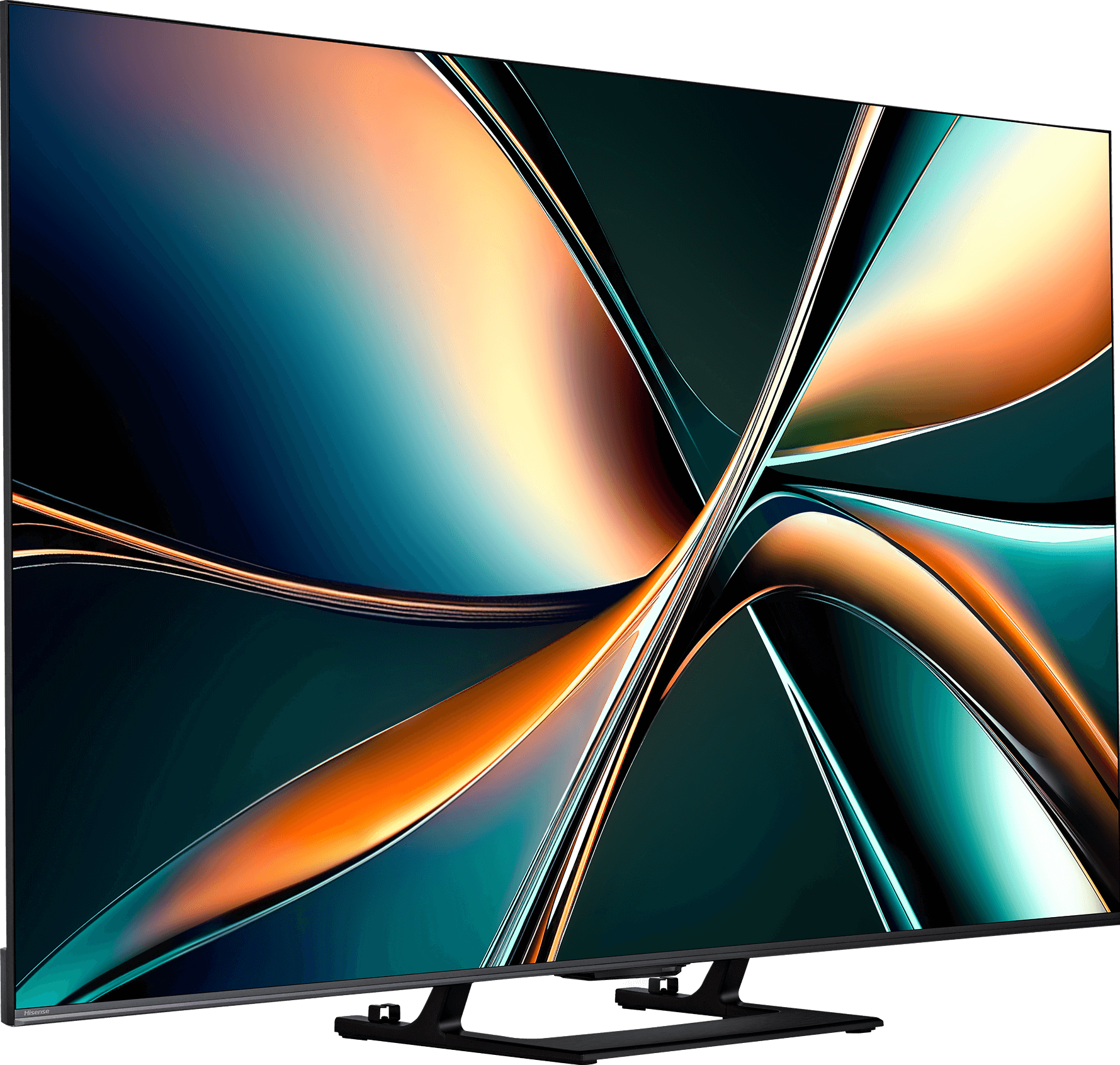
Panel type: LCD VA
Resolution: 3840x2160
System: VIDAA
Model year: 2024
Complete the survey to find out the result

Panel type: LCD VA
Resolution: 3840x2160
System: VIDAA
Model year: 2025
Complete the survey to find out the result

Overall rating
7.7
7.2
Movies and series in UHD quality
7.4
6.7
Classic TV, YouTube
7.0
6.8
Sports broadcasts (TV and apps)
6.9
6.5
Gaming on console
8.5
8.0
TV as a computer monitor
8.0
8.6
Watching in bright light
8.7
6.2
Utility functions
8.5
8.9
Apps
7.7
7.7
Sound quality
7.0
7.2
Complete the survey to find out what fits your preferences
Advantages
High contrast - miniLED backlighting
Great brightness - suitable for daytime use
Super for gamers - 144Hz, VRR, ALLM
Low input lag
Very good built-in speakers
Great contrast and deep black
Very good smoothness of tonal transitions (close to reference level)
High brightness
Supports 4K 144 Hz and even 240 Hz in Full HD
VRR, ALLM, G-SYNC – a full package for gamers
Low input lag
Pleasant sound with a light bass
Many classic TV functions built into the VIDAA system
Disadvantages
The VIDAA operating system has some shortcomings in applications
It has issues with the visibility of fonts on PC
Lack of support for HGiG (hinders HDR setup on consoles)
Brightness management issues
Poor viewing angles – typical for VA panels
Closed VIDAA system – missing some applications
Our verdict
The Hisense U7Q is one of the most interesting Mini-LED televisions in its price segment, clearly showing that Hisense is really starting to matter in the market not only because of the price-to-capabilities ratio but also due to its increasingly refined picture quality. Let’s start with what truly impresses: the contrast and black levels are at a level that was recently unattainable in this price range. Combined with smooth tonal transitions, solid brightness, and a fast 144 Hz panel, the U7Q becomes a television that excels in both movies and gaming. Gamers will find nearly everything they could expect here – variable refresh rate (VRR) support, auto low latency mode (ALLM), very low input lag, and even 240 Hz in Full HD. All of this means that the U7Q will perform well with both next-generation consoles and PCs. However, it is not without its weaknesses. With HDR content, one might want to say: "untapped potential" – you may ask why? The television’s algorithms dim small bright elements or overly boost them, which can spoil the viewing experience. There is also a lack of support for HGiG, which is a feature that would better synchronize the console with the television for HDR. In summary, briefly – the Hisense U7Q is a very versatile and complete television that has its imperfections but makes up for them in many key aspects. For gamers, for occasional movie watchers, for someone looking for good equipment for everyday use – it is one of the most cost-effective propositions in 2025. One just needs to know what compromises they are signing up for – and then it will be hard to be disappointed.
TV appearance







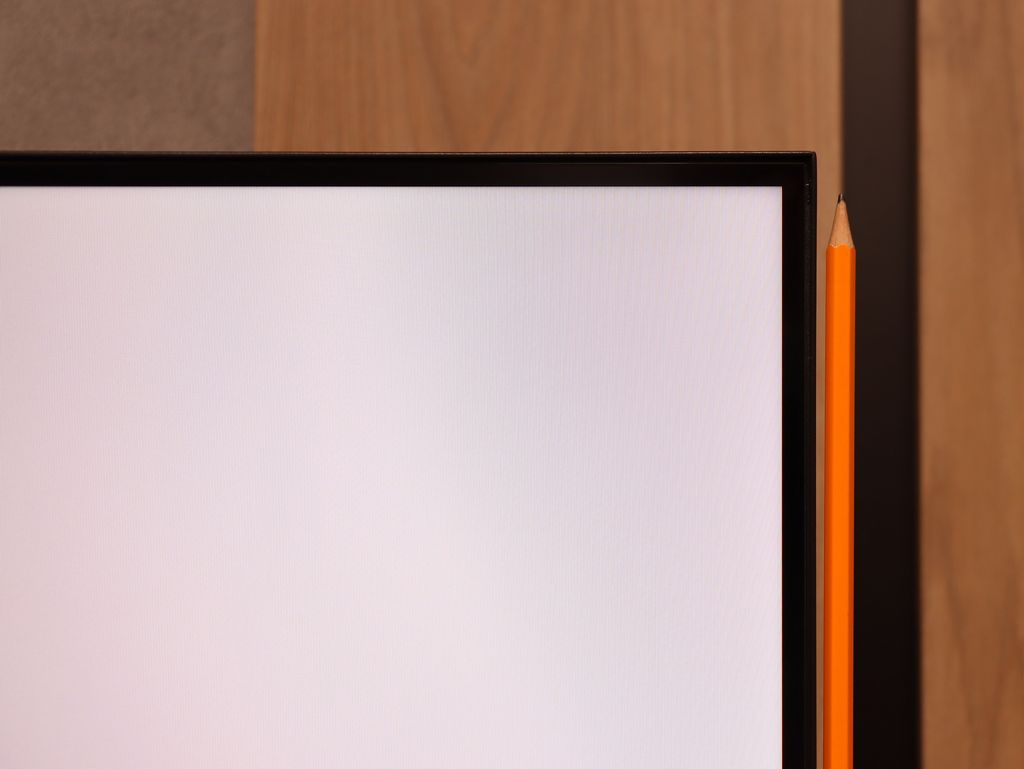
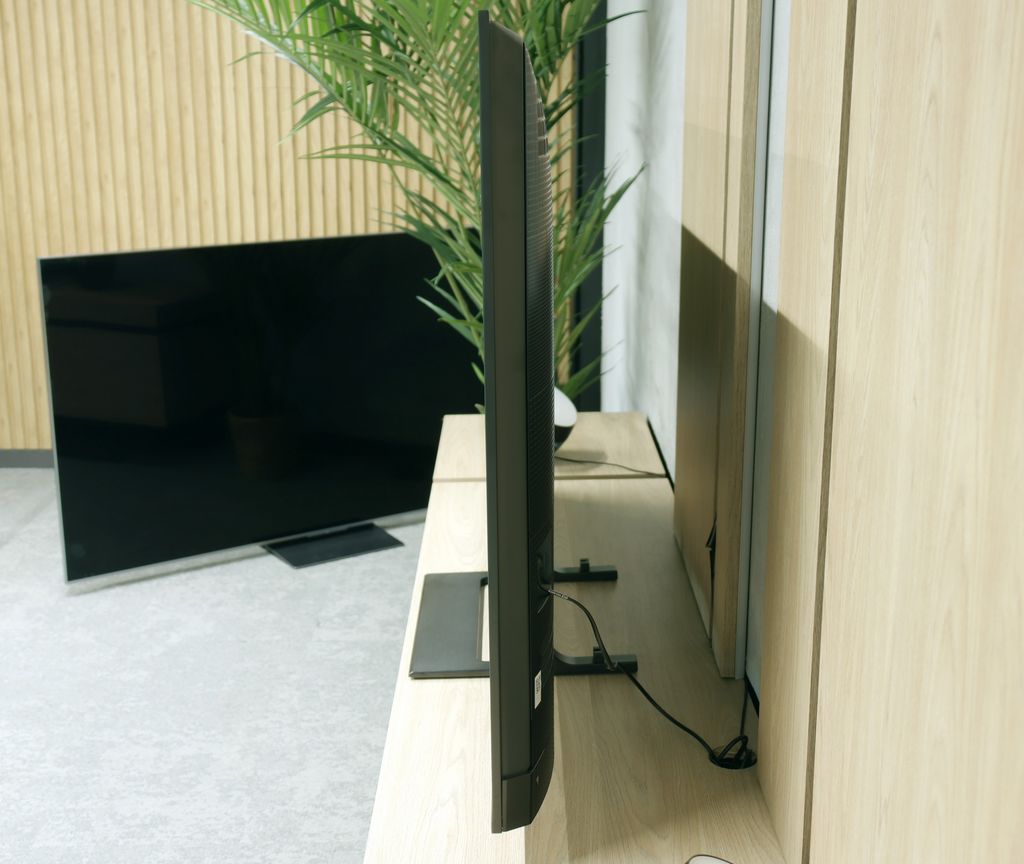
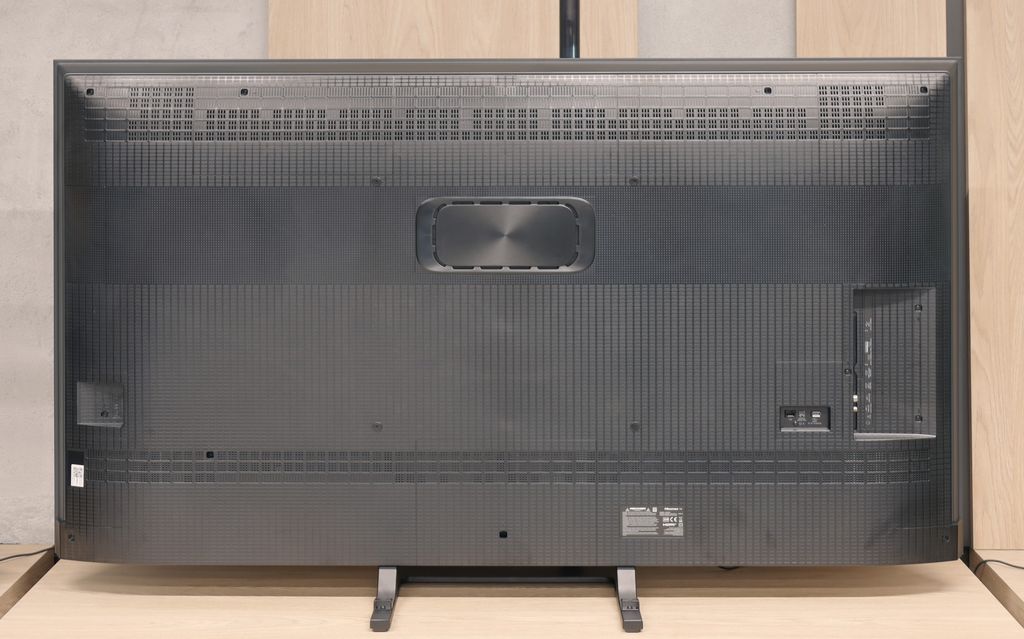
Contrast and black detail
8.4/10
7.5/10
Local dimming function: Yes, number of zones: 1600 (40 x 40)
Local dimming function: Yes, number of zones: 220 (10 x 22)
Contrast:

Result
244,000:1

Result
85,000:1

Result
40,500:1

Result
21,850:1

Result
15,350:1

Result
278,000:1

Result
28,800:1

Result
11,100:1

Result
10,800:1

Result
6,250:1
Halo effect and black detail visibility:


Hisense U8NQ is a TV with a VA panel and advanced Mini LED backlighting. The 65-inch version has as many as 1600 local dimming zones, significantly improving image quality, especially in terms of brightness and contrast management. Larger TV sizes have more zones, naturally enhancing contrast. Hisense U8NQ achieves a contrast ratio of as much as 250,000:1, allowing for deep blacks and clear details in both bright and dark parts of the image. With Mini LED technology, the TV effectively controls brightness, making details in darker scenes more visible.
Sometimes in more demanding shots, where small, bright elements appear against a dark background, a halo effect may occur—a gentle glow around objects. This effect can be observed, for example, in the movie "Sicario 2," where glows around small lights can be somewhat bothersome. It may also happen that elements may appear muted but at the expense of better black - a noticeable effect in the test scene from the Pioneer Kuro disc. Despite these minor drawbacks, the use of Mini LED makes the Hisense U8NQ offer very good image quality. The TV performs excellently when watching movies in a dark room—the blacks are truly deep, and the contrast is sharp, allowing one to fully enjoy details even in the darkest scenes.
The U7Q is a television with Mini-LED backlighting – just like the PRO version. The difference? The version without the suffix simply has fewer dimming zones. In our 65-inch model with a VA panel, we counted 220 of them. And although this doesn't make as much of an impression as in the U7Q PRO, it still looks very good on paper for this price range. Alright, but how does it perform in practice? Surprisingly well. The contrast in the U7Q can reach up to 300,000:1, which provides a really solid black effect. In many scenes, it's hard to find fault – the image has depth, and the highlights are well separated. Of course, Mini-LED is not OLED – so there are certain limitations. In very challenging scenes with a lot of dark details, the television sometimes either "eats" them, leaving a nice black, or slightly brightens the background, which can cause a halo effect. This is normal in this technology and must be taken into account. Despite these minor drawbacks – the contrast in the U7Q performs really well.
HDR effect quality
6.6/10
4.6/10
Luminance measurements in HDR:

Result
1630 nit

Result
359 nit

Result
932 nit

Result
249 nit

Result
1331 nit

Result
521 nit

Result
160 nit

Result
351 nit

Result
98 nit

Result
674 nit
Scene from the movie “Pan” (about 2800 nits)

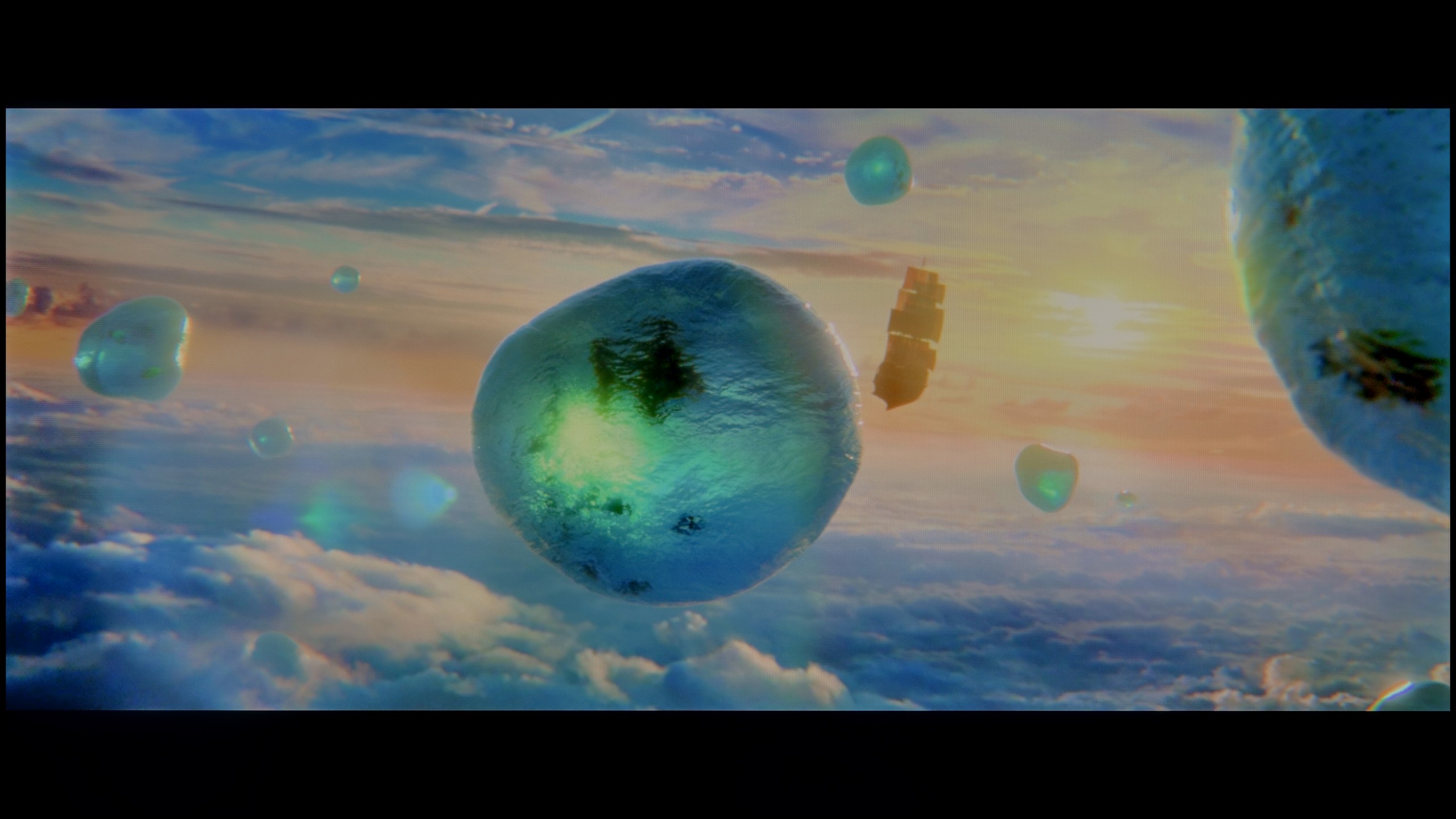
Scene from the movie “Billy Lynn” (about 1100 nits)


Static HDR10


Dynamic: Dolby Vision
Dynamic: Dolby Vision


HDR luminance chart:
Hisense U7Q
Luminancja HDR
Luminance of RGB colors
Hisense U8NQ
Luminancja HDR
Luminance of RGB colors
Hisense U8NQ showcases its capabilities in HDR, achieving a brightness level on the luminance chart exceeding 2000 nits. In the first, third, and fifth scenes where the screen is covered in light, the television displays very high brightness, which impresses and allows one to enjoy the full effect of HDR. Unfortunately, in the second and fourth scenes, such as those from the movie "Sicario 2," the television encounters issues maintaining brightness, resulting in disappointing results around 250 nits. Although a large number of dimming zones should theoretically help, the algorithm responsible for their control does not always perform perfectly—bright, small elements like the moon or helicopter lights are too dim, which detracts from the typical HDR effect. Instead of dazzling brightness, we get a more subdued light that does not reflect the full HDR potential. Nevertheless, the television deserves praise for its very good coverage of the DCI-P3 colour palette at 97%. As a result, colours are vibrant, and most movie scenes look really good, significantly enhancing the viewing quality.
Since the algorithms responsible for blacks are performing quite well, we expected a similarly good effect when it comes to brightness and overall HDR quality. Unfortunately – here we have to disappoint you a bit.
The U7Q is quite a bright TV – in optimal conditions, it can reach around 800 nits, which indeed impresses on some screens, especially in scenes like those from the movie The Meg. Bright segments can really shine, and the HDR effect is noticeable. The problem arises when very small, bright elements appear on a dark background – for example, in Sicario 2 or in the second scene of the movie Life of Pi. In such moments, the dimming algorithms operate too aggressively. Yes, the blacks look great then, but the brightest points can almost completely fade, causing the HDR effect to disappear and details to be barely visible. That's just the nature of this technology in this price segment.
As a consolation, it's worth adding that the U7Q is advertised as a QLED TV (in practice, a PFS layer is used, which works very similarly), and it is indeed capable of displaying a wide color palette – with DCI-P3 coverage at around 94%, that's a very good result for this class.
Factory color reproduction
5.1/10
6.3/10


Factory Mode
After calibration
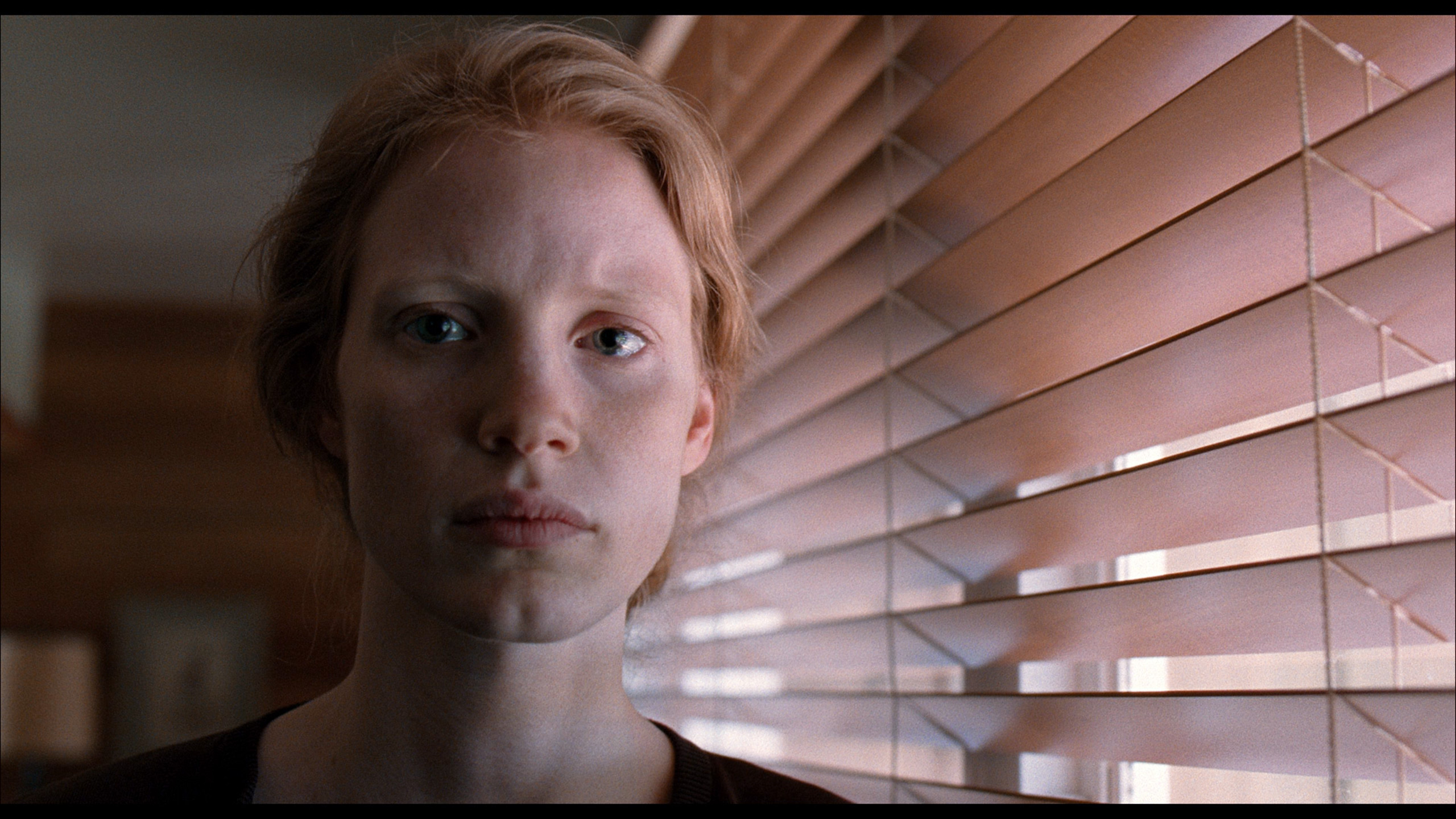
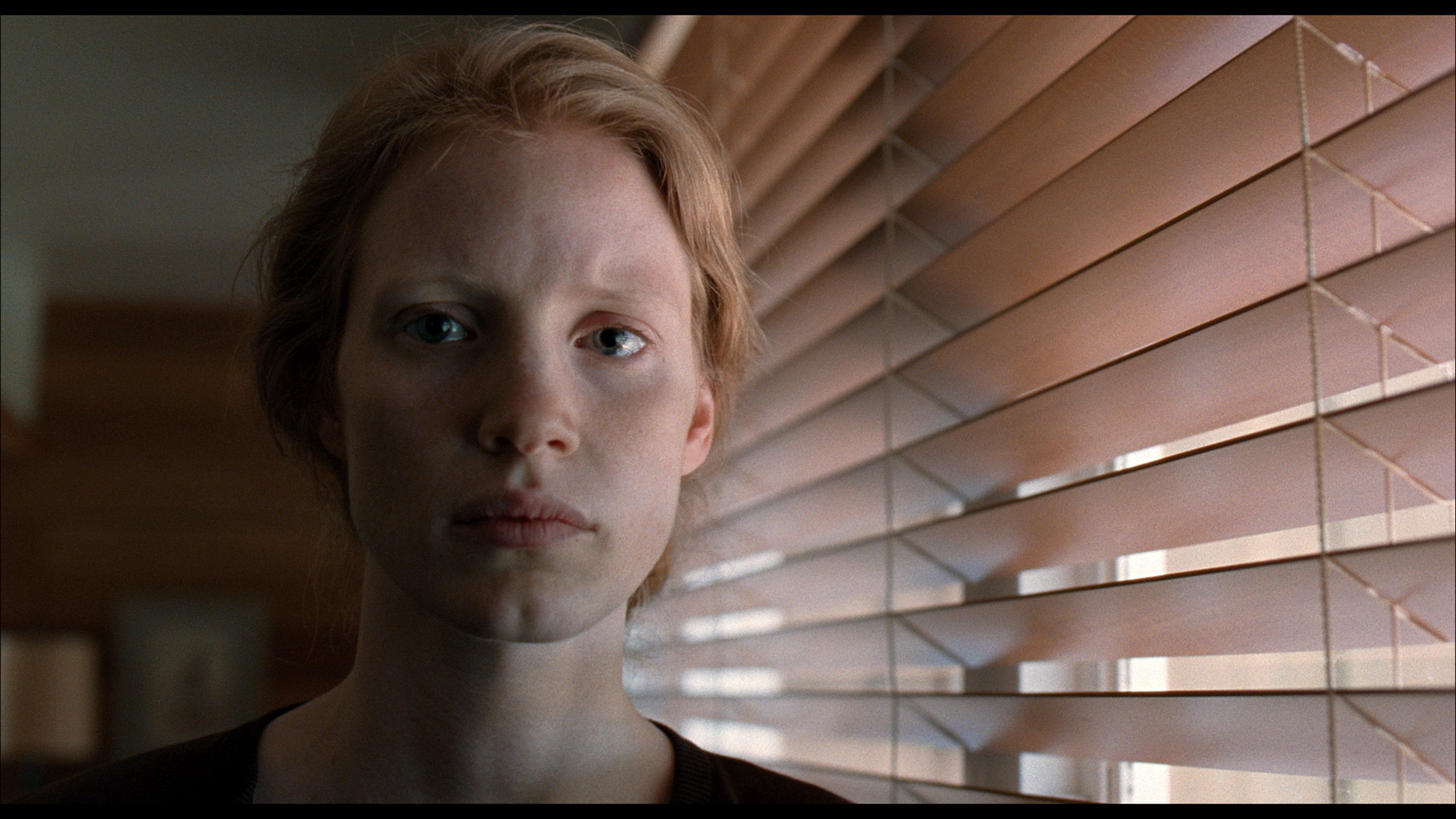
Factory Mode
After calibration
The Filmmaker mode on the Hisense U8NQ TV can be described as the most accurate mode available in this model. Despite its accuracy, it has significant errors in reproducing the reference image, which we will describe now. In the case of HD content, the white balance shows a clear dominance of red, making the image overly pink and warm. The comparative photo below illustrates how this effect influences content presentation. The brightness characteristics also leave much to be desired — too low gamma causes the screen to be excessively brightened, and blacks look lightened, making the overall picture seem cooler than it should be.
In the case of 4K HDR content, the problem is reversed — the white balance shows too much dominance of blue, resulting in an artificial character to the image and making it appear unnaturally sharp. These deviations for HD and 4K HDR content can be confirmed with the Colour Checker test, which clearly shows how colours deviate from the correct patterns.
We tested the U7Q in the best possible picture mode, which is Filmmaker Mode. This mode is supposed to provide the most "filmic" experience and fidelity to the creators' intent – right out of the box. Unfortunately, even this professionally sounding name does not guarantee a perfect picture.
In our unit, the problem lay in a poorly set white balance. Both in HD and 4K content, the image had too much blue and red, giving the screen a slightly pinkish hue. It didn't look terrible, but it was noticeable – especially in bright scenes and white backgrounds. This alone could have been forgiven, but the biggest issue is the management of brightness in HDR content. The EOTF curve from the measurements confirms what we saw earlier during the scene tests: the television often dims the smallest bright elements too much, causing them to almost disappear, or conversely – excessively brightens the brightest ones, affecting the naturalness of the image.
Color reproduction after calibration
7.4/10
7.4/10

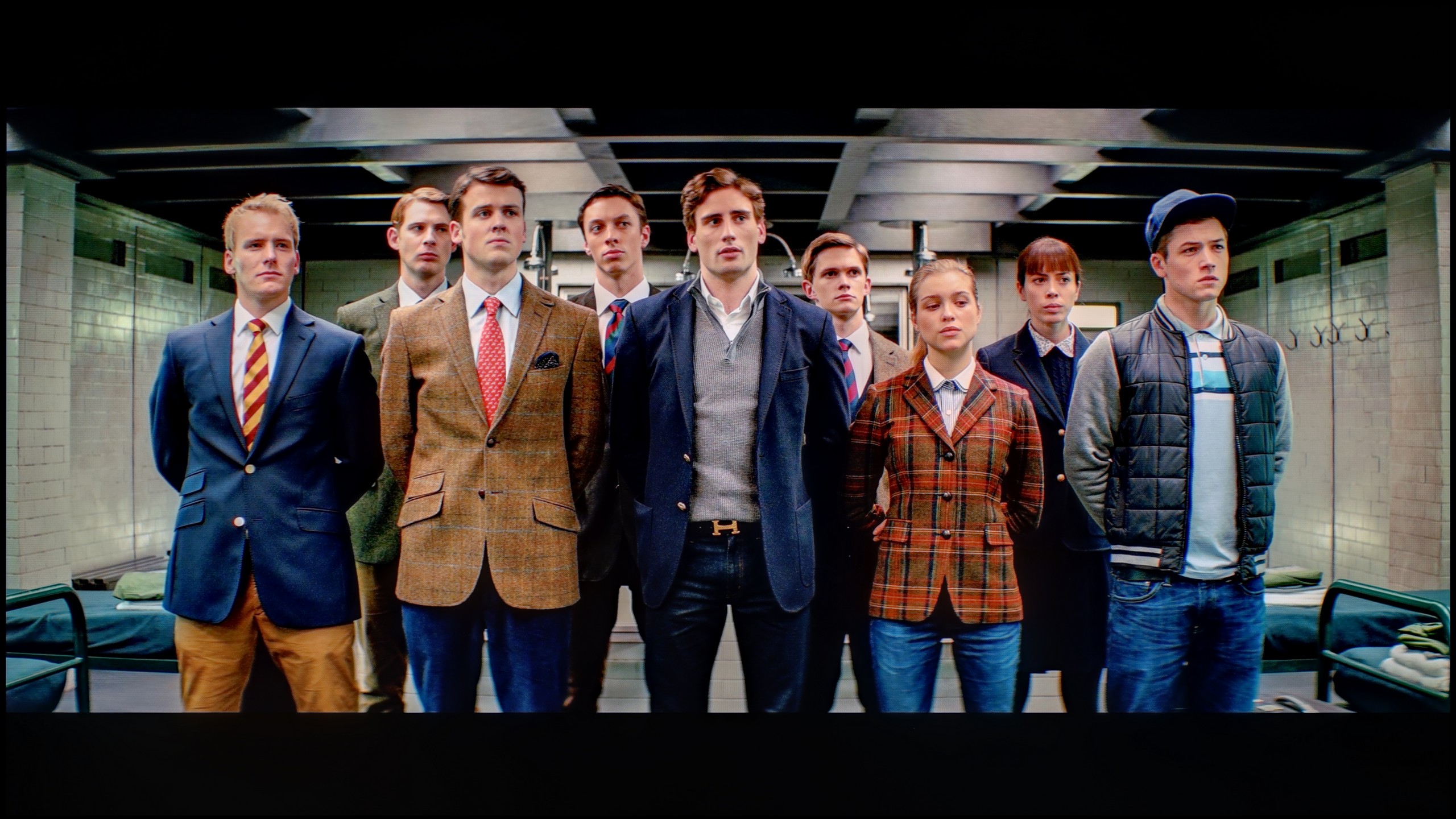

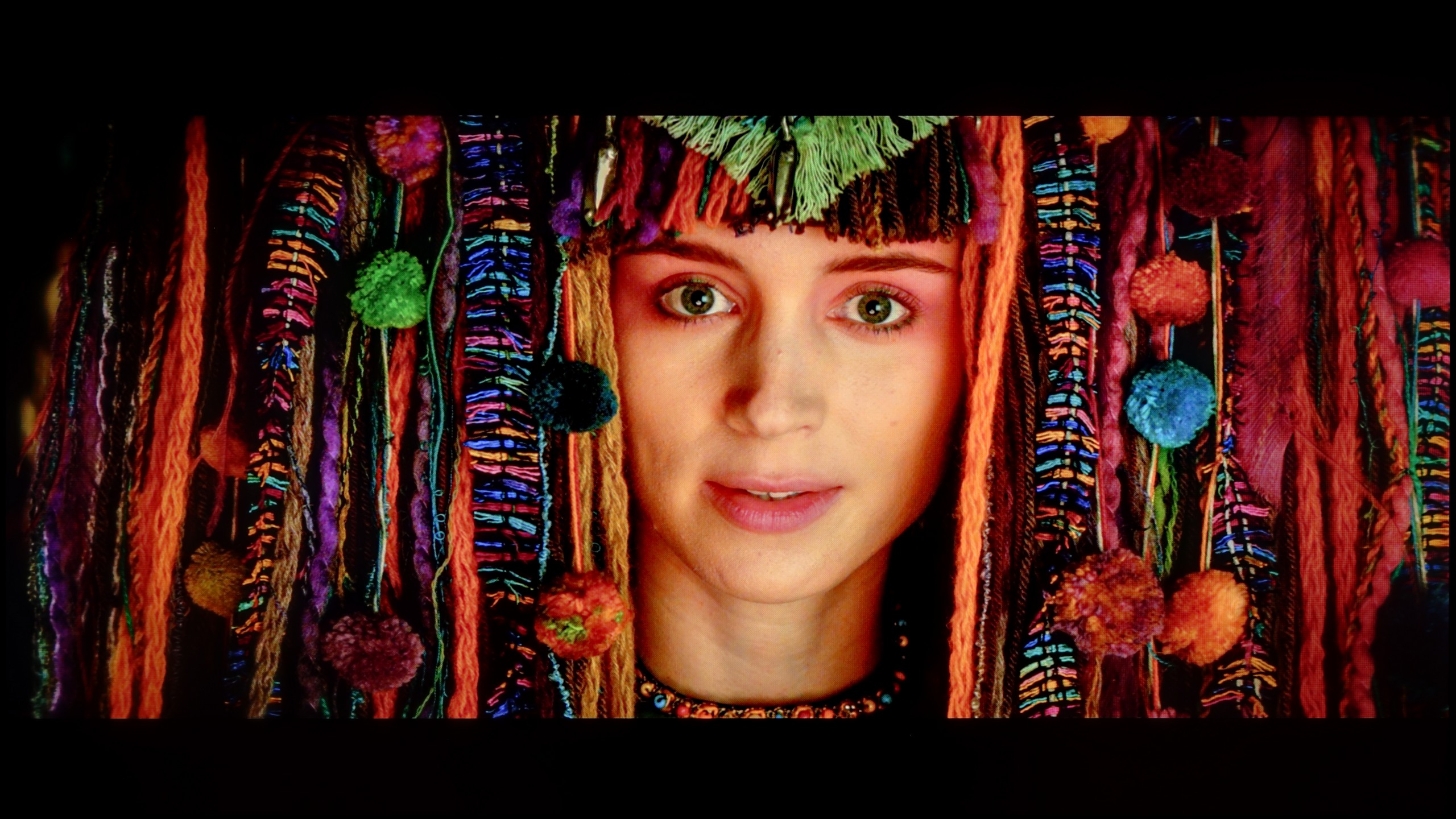
The white balance for both 4K and HD content has been significantly adjusted, greatly improving the image quality. Although some errors are still visible, they are not substantial enough to heavily affect the perception of the image. A notable improvement can also be seen in the gamma brightness characteristics — the image is no longer overly bright, resulting in more natural blacks and better contrast.
However, as with many other Hisense models, there are visible issues with the EOTF curve, which is responsible for managing brightness in high-quality materials. Although it may seem correct, once the filter is applied on the "EOTF in movies" graph, it is evident that the TV is somewhat "playing around" with 4K content. It is clear that the EOTF curve is significantly below the reference level, leading to an overall dimming of the image compared to the reference. We noticed this effect in previously tested scenes from the movies "Pan" and "Billy Lynn." While it is not a serious problem, it is worth mentioning. It may be of great importance to those looking for a display with the most accurate image reproduction. Despite this error, the image will be more enjoyable for most. Colours are better reproduced, and the overall image quality is significantly improved.
Thanks to specialized tools, we managed to correct the color quality in SDR content to nearly perfection. In materials with lower dynamics, delta E errors dropped below 0.5, which can be considered an almost reference result. The image on television, YouTube, or classic Full HD looks really good after calibration. Well, but where couldn’t we improve the image so easily? Primarily, it concerns HDR quality content. While we managed to somewhat "tame" the white balance and eliminate pink hues in most scenes, unfortunately, we did not have full control over brightness management. We set the local dimming settings according to the best observations – SDR: Medium, HDR: High – but the U7Q still did everything a bit its own way. There were still cases of overly strong dimming or brightening of details that the calibration simply couldn't eliminate. And although the overall reception of the content is much better, it must be taken into account that the U7Q will always have something to say at the end "but."
Smoothness of tonal transitions
9.1/10
9.9/10





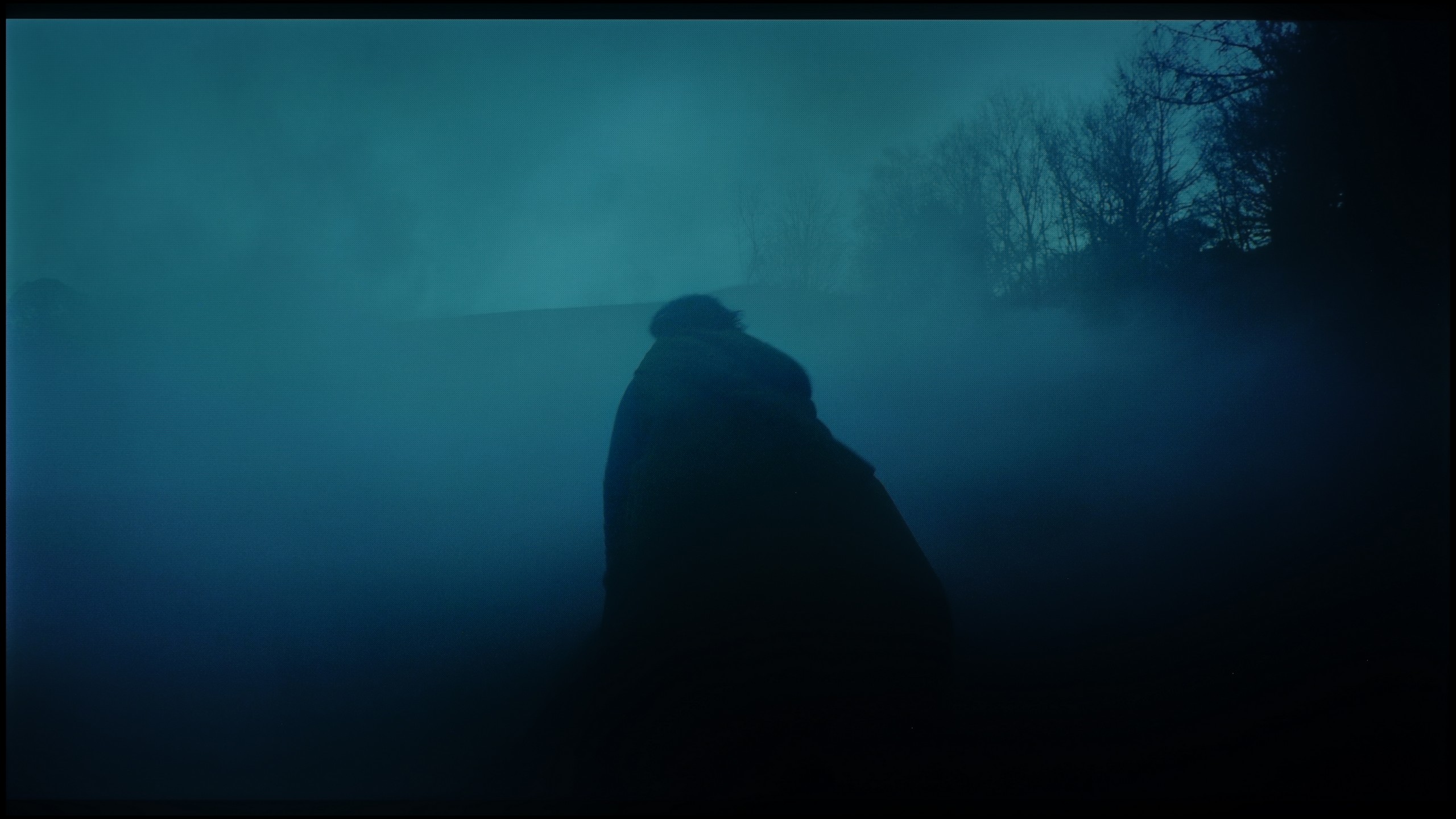






Hisense U8NQ offers excellent smoothness of tonal transitions. The image is very well-balanced, and the transitions between different shades of colours are nearly flawless. For more discerning viewers, small joins in darker colours can be noticed, but these imperfections are minimal and do not significantly affect the overall image quality. The tonal fluidity is at a very high level, making watching content on this television exceptionally enjoyable, without noticeable issues with gradients and colour transitions.
The U7Q performs exceptionally well when it comes to tonal transitions – we can confidently say that it reaches almost reference level, which is why in this category, the TV receives one of the highest possible ratings from us. The color blends are smooth, clean, and without visible bands. In most scenes, everything looks simply perfect, and any potential minor imperfections may only appear in very specific shots – although we hardly noticed them during testing.
Image scaling and smoothness of tonal transitions
5.5/10
6/10
Smooth transition function

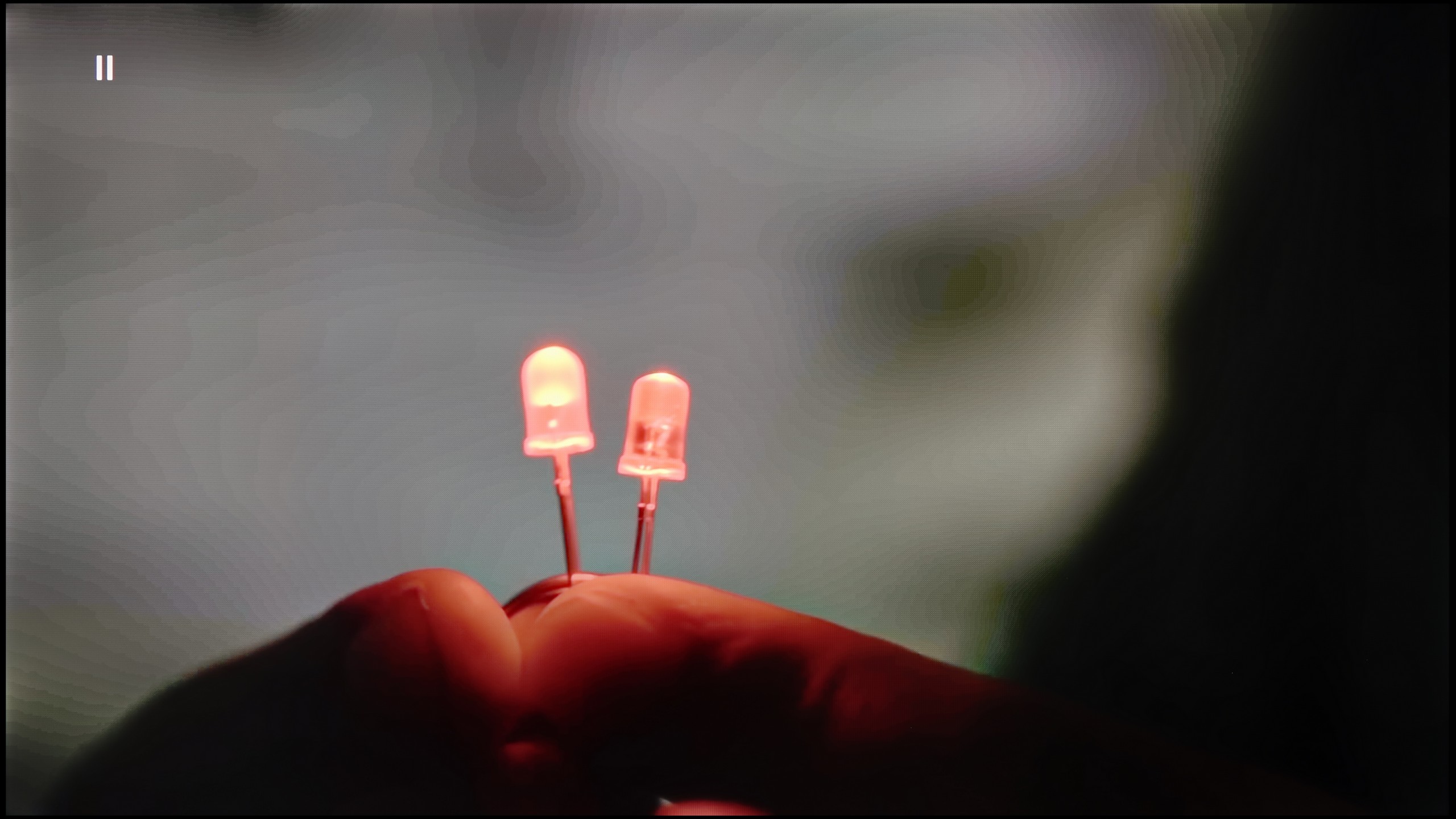
Image without overscan on the SD signal


In the context of smoothing tonal transitions, the Hisense U8NQ television unfortunately does not perform well. The "Smooth and Gradient Image" function does not produce noticeable effects — there is no improvement in any setting, which is disappointing, especially in demanding scenes with subtle tonal transitions.
As for digital processing, or the so-called upscaling, the scene with the model is presented correctly — its outline is clear, without significant cropping. Similarly, thin lines, such as tree branches, have slight jaggedness, but the overall appearance is plastic and soft, which creates a good impression. Unfortunately, there is also an issue with the so-called overscan, which causes cropping of the image at the edges. This can be annoying when watching content such as news, where the lower information bars may be partially invisible.
There are situations where we would like to smooth out tonal transitions a bit, especially in older materials – those that have limited source quality. The U7Q is equipped with a feature called “Smooth and Gradient Image,” but unfortunately… it works very poorly. In the “Low” option, the effects are practically unnoticeable, and other settings smooth out details but do not improve tonal transitions. The only plus is that the feature does not interfere with film grain, so it does not ruin the natural structure of the image.
Fortunately, content scaling performs quite well. The image is not overly sharpened, there is no artificial clarity – and although it is known that this is not the level of high-end televisions, the U7Q handles displaying really old content in a completely acceptable manner without any problem.
Blur and motion smoothness
8.4/10
7.5/10


Blur (native resolution, maximum refresh rate):




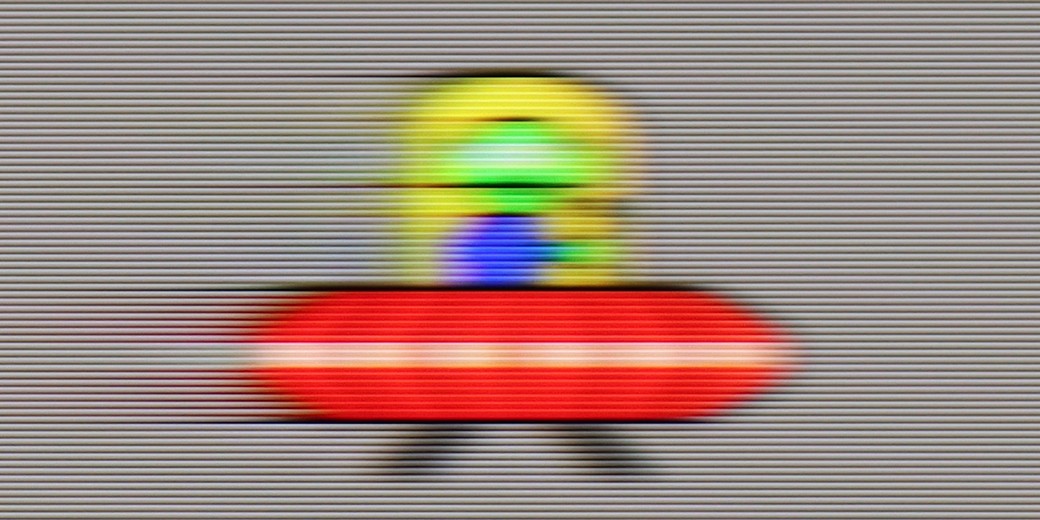
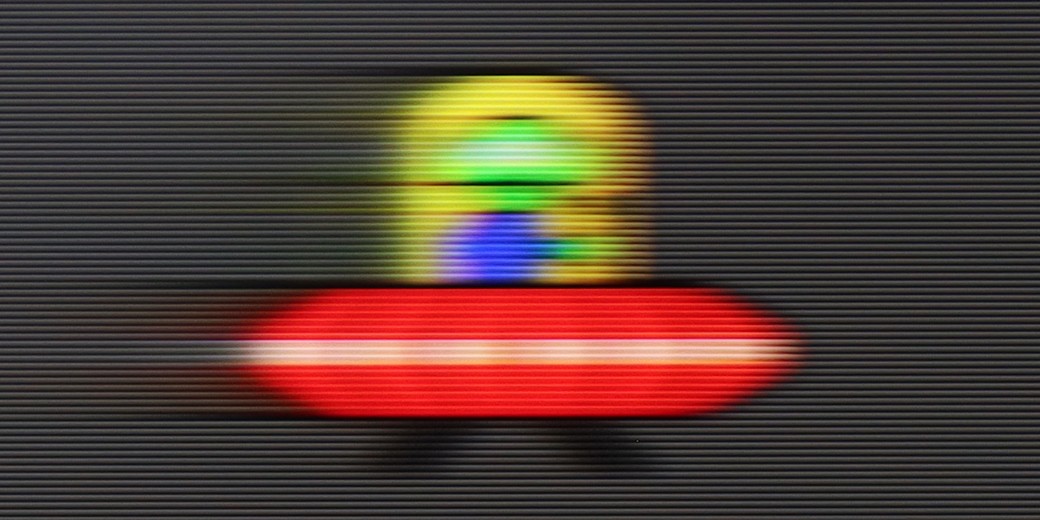
Blur (BFI function enabled):






Smużenie ():
Smużenie (1080p 240Hz):

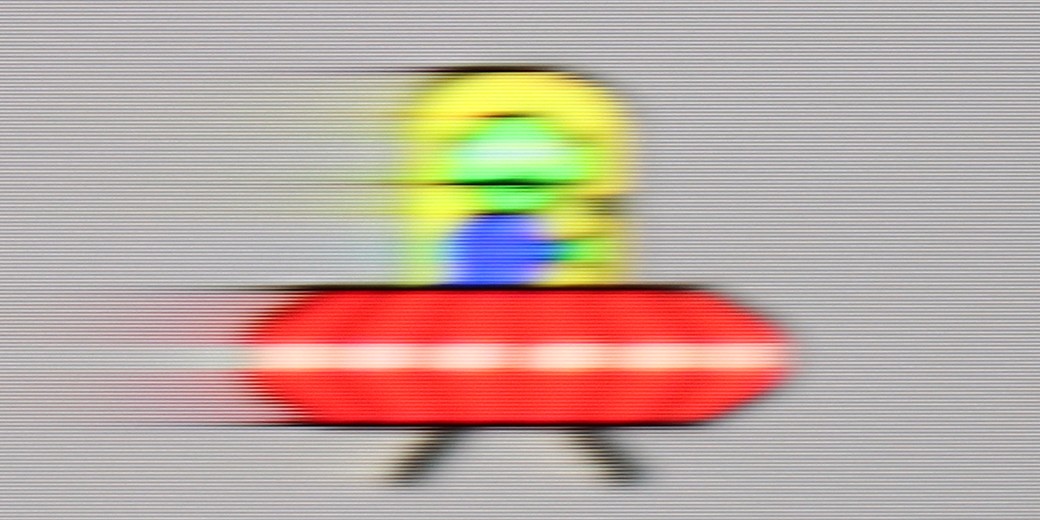
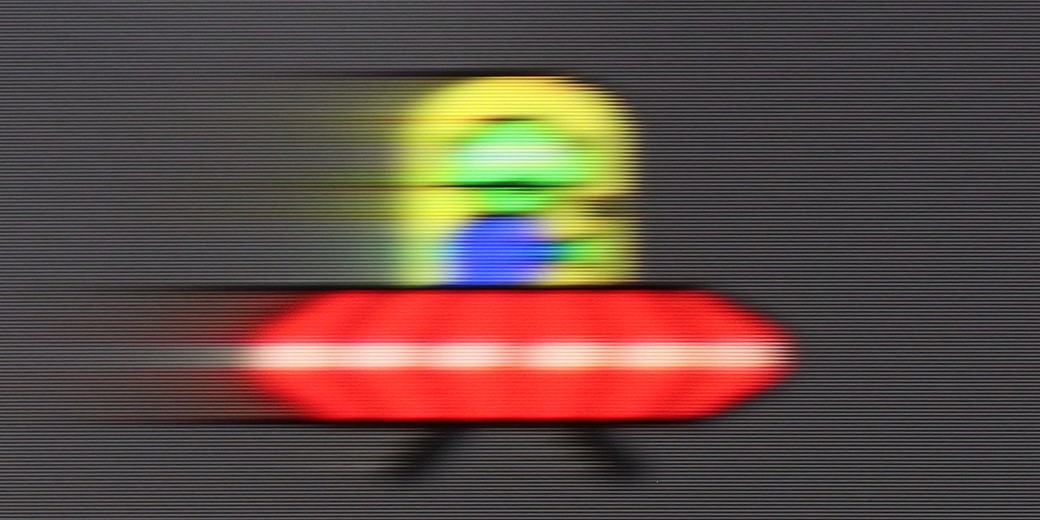
Hisense U8NQ is equipped with a 144 Hz matrix, making it a great choice for sports and gaming. The television will also easily satisfy movie fans, as it features a built-in "Ultra Motion Smoothness" processor that allows you to control the fluidity of the image — you can decide whether you prefer a more "framey" look or a smoother, cinematic effect. This provides great flexibility in adjusting the quality of motion to the individual viewer's preferences.
U7Q is truly a fast television, similar to its more powerful version "PRO". At a resolution of 4K, it supports up to 144 Hz refresh rate, and if someone wants even more – in Full HD you can achieve up to 240 Hz! This will mainly benefit PC gamers, but it’s worth appreciating – this is a rare feature in this price segment. Right from the start, it’s clear that U7Q was created with dynamic content in mind, such as games or sports. In films, we are not left "out in the cold" either – U7Q offers the "Ultra Motion Smoothness" feature, where using two sliders you can adjust whether you want a smoother, theatrical image, or something closer to a cinematic style with a visible frame. It’s good that, like with most manufacturers, we have a choice here and can adjust it to our own preferences.
Console compatibility and gaming features
8.5/10
8.5/10
- ALLM
- VRR
- VRR range48 - 144Hz48 - 240Hz
- Dolby Vision Game Mode
- Correct implementation of HGIG
- 1080p@120Hz
- 1440p@120Hz
- 4K@120Hz
- Game bar



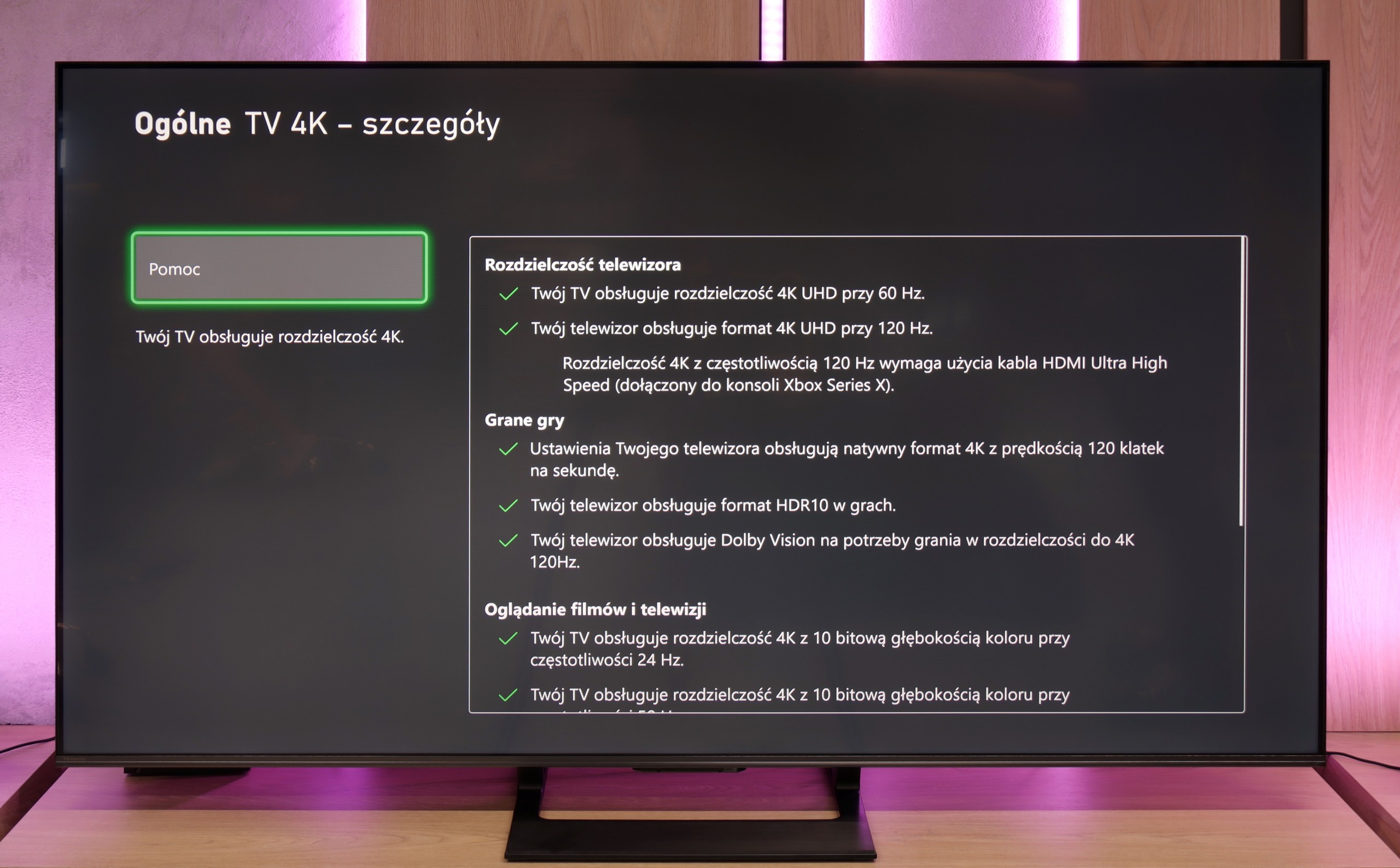



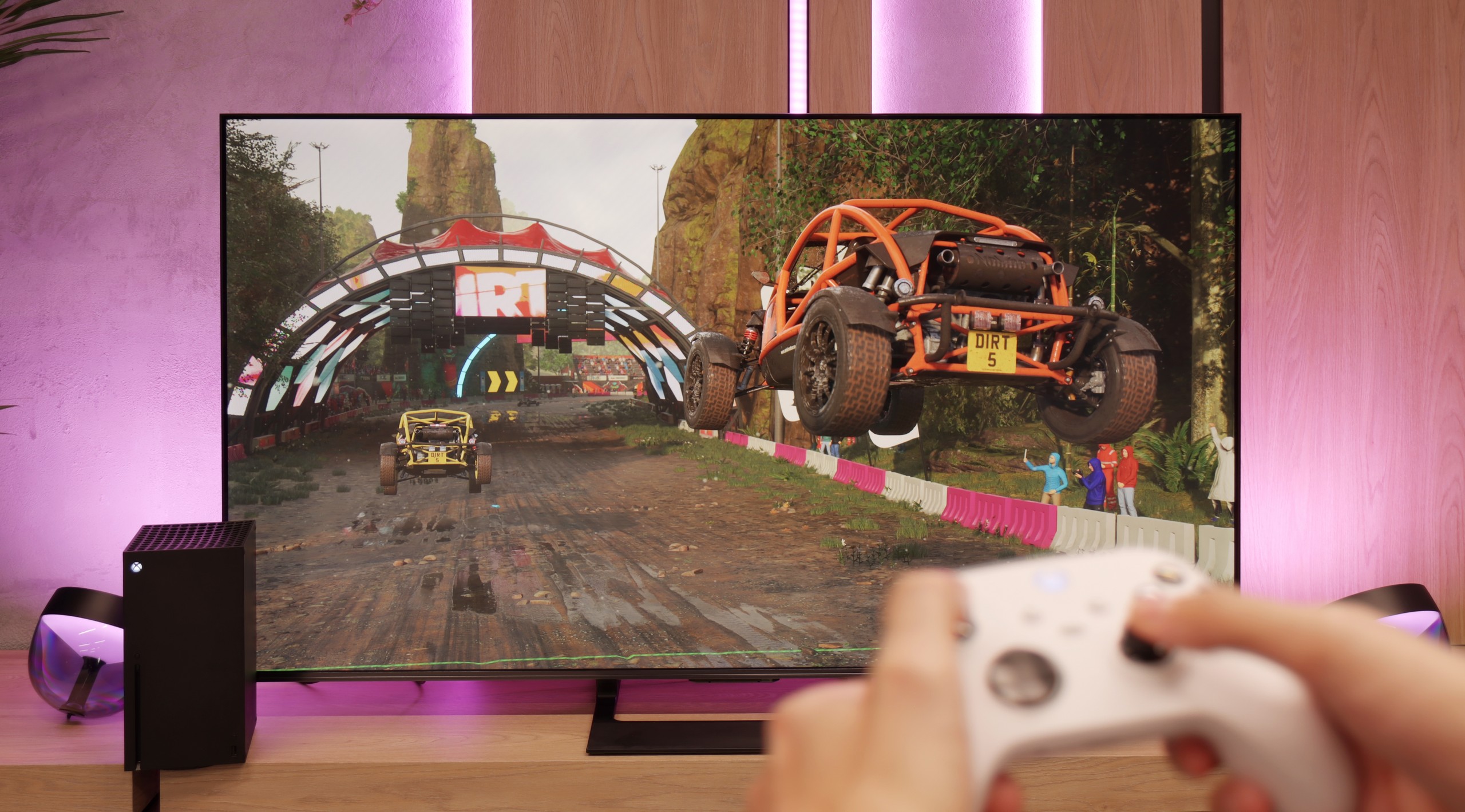
Hisense U8NQ offers everything a gamer may need for comfortable gameplay. The TV supports a refresh rate of 144 Hz, which ensures an incredibly smooth picture, especially in dynamic action games. The VRR (variable refresh rate) feature allows for adjusting the image to varying frames per second, eliminating stuttering and tearing effects, resulting in an exceptionally smooth gaming experience. Additionally, the TV is equipped with the ALLM (automatic low latency mode) feature, which automatically switches the TV to game mode, minimizing input lag. This allows gamers to enjoy responsive gameplay without manually adjusting the settings.
Hisense U8NQ also supports Dolby Vision, which is important for gamers who value high picture quality, high contrast, and deep colours in games that support this format. The TV also has a “Game Bar” — a feature that provides quick access to essential settings during gameplay, significantly enhancing user convenience.
However, it is worth noting that despite its rich features, the Hisense U8NQ does not offer the HGiG standard, which is a popular HDR format in gaming. This may be disappointing for gamers expecting optimal detail reproduction in HDR scenes. Nevertheless, the other features of the TV make the Hisense U8NQ a solid choice for console gaming enthusiasts, offering smoothness, high contrast, and user convenience.
The Hisense U7Q is a TV designed for gamers – and you can see that right away based on its gaming capabilities. It has practically everything you could wish for: variable refresh rate (VRR) – check, automatic game mode (ALLM) – also check, and high refresh rates of up to 240 Hz in Full HD, as well as support for various resolutions, not just 4K. It's truly a great set of features that makes the U7Q excel in both fast-paced shooters on consoles and more demanding titles on PC. Of course – like in most Hisense models – it lacks a proper implementation of the HGiG function. That's a shame because HGiG allows you to adjust the brightness of the console to the specific TV, which in practice makes displaying HDR games according to the creators' intentions much easier. Without this, you simply have to reckon with certain limitations in the final HDR image in games.
Input lag
9.8/10
9.7/10
SDR
HDR
Dolby Vision
Input lag on the Hisense U8NQ is at an amazing level, with a maximum of 18 ms, which is an excellent result even in Dolby Vision mode (16ms). This achievement is worth highlighting, as Dolby Vision mode often increases latency in other TV models, but it has been avoided here. Thanks to the low input lag, the gameplay is smooth and responsive, which will be appreciated by both casual gamers and more advanced users.
Input lag on the U7Q is really impressive. With 120 Hz content, we recorded around 9 ms, and with 60 Hz – around 17 ms. These are outstanding results that make the TV perform excellently even in dynamic games that require quick reactions. There is hardly anything to criticize here. Of course, as is often the case, the Dolby Vision mode in games seems a bit slower compared to classic SDR or HDR. This will mainly be noticeable for Xbox Series X/S console users, which are the only ones that support Dolby Vision Gaming. Fortunately, input lag still remains below 30 ms, so in practice, this is still an acceptable level even for more demanding gamers.
Compatibility with PC
8/10
8.6/10

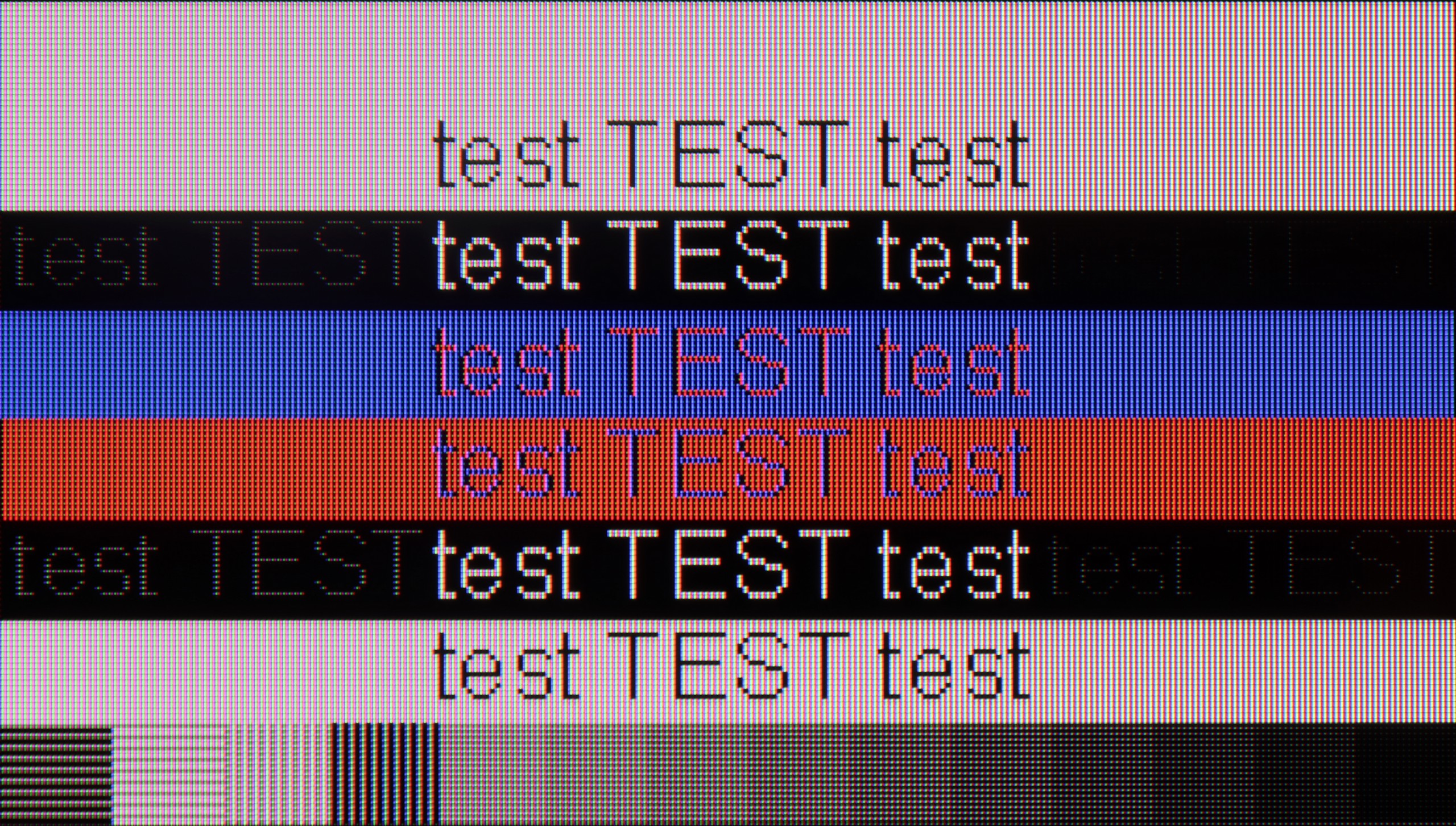
Hisense U8NQ offers full support for chroma 4:4:4, which ensures good readability of fonts, especially when working with text. Overall, the image quality and visibility of letters are at a satisfactory level. However, it's worth noting the issue related to font display on a dark background (similar to the U7N model) — in this situation, the letters become practically invisible, and only vertical subpixels are visible.
The U7Q communicates excellently with the computer. For gamers, this is great news – we have high refresh rates, low input lag, and G-SYNC support, so gaming from the PC is pure pleasure. But the U7Q also performs well in everyday tasks. If someone uses a computer for text, browsing the internet, or office work – there’s nothing to complain about. The television correctly handles chroma 4:4:4, so fonts look sharp and clear, without blurriness or strange contours. Both lowercase and uppercase letters are simply readable – just as they should be.
Viewing angles
3.1/10
3/10
The viewing angles on the Hisense U8NQ are typical for a VA panel. Unfortunately, they leave a lot to be desired. The television does not have a coating to widen the viewing angles, resulting in a significant drop in picture quality when viewed at an angle. Colours become washed out, and brightness noticeably decreases. It is best suited for viewing directly in front. This is a limitation that needs to be considered, especially if we plan to watch television with a larger group, where viewers may be sitting at various angles.
The viewing angles on the U7Q are rather weak – this is simply a typical characteristic of VA panels. Straight on, everything looks very good: blacks are deep, colors are saturated, and the contrast is high. But just shifting slightly to the side causes the image to start losing quality – colors become washed out, and blacks begin to resemble dark gray. Compared to TVs with IPS panels, the U7Q performs worse, although on the other hand, it makes up for it with better contrast and deeper blacks.
TV efficiency during daytime
8.7/10
6.2/10

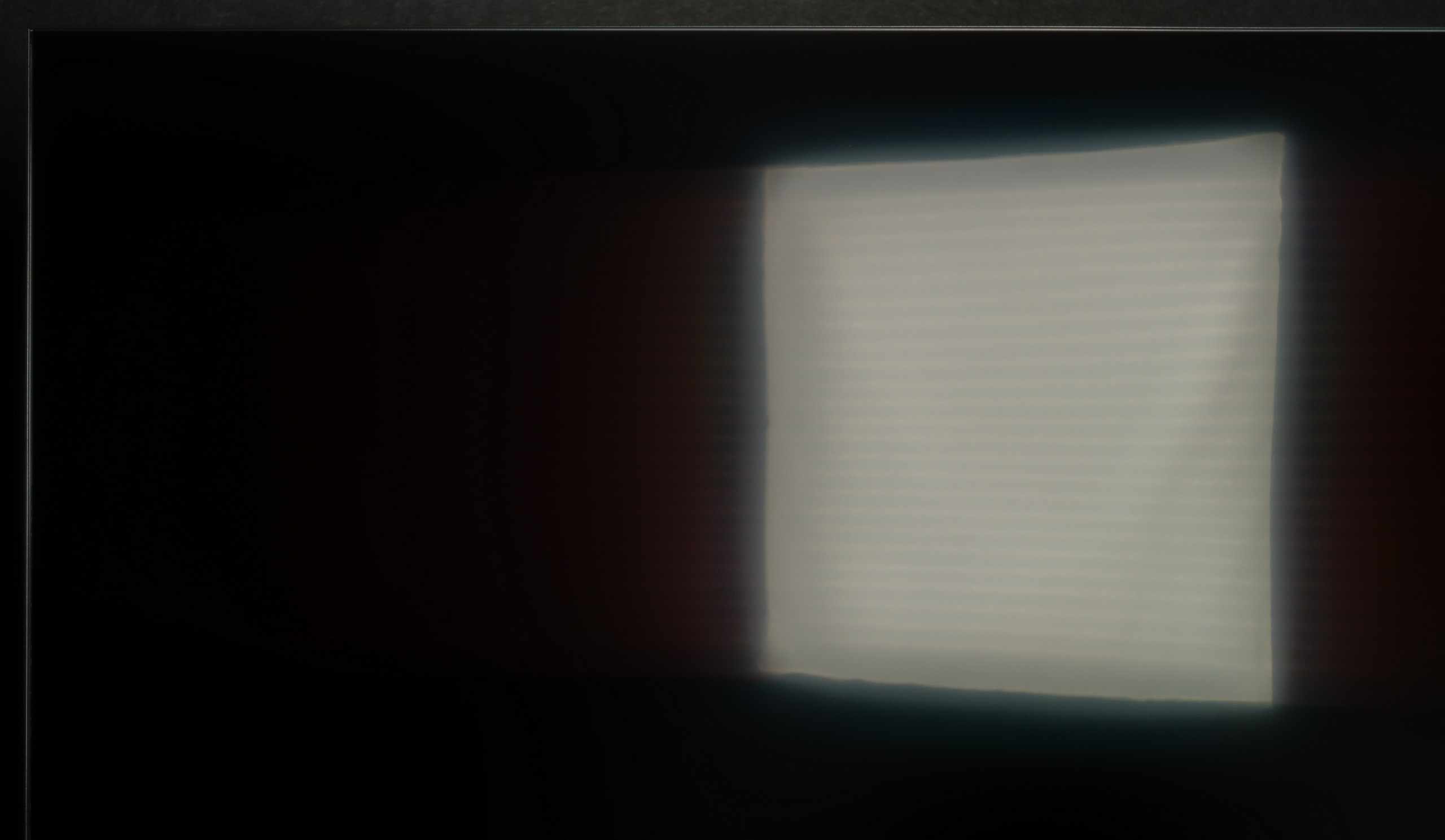

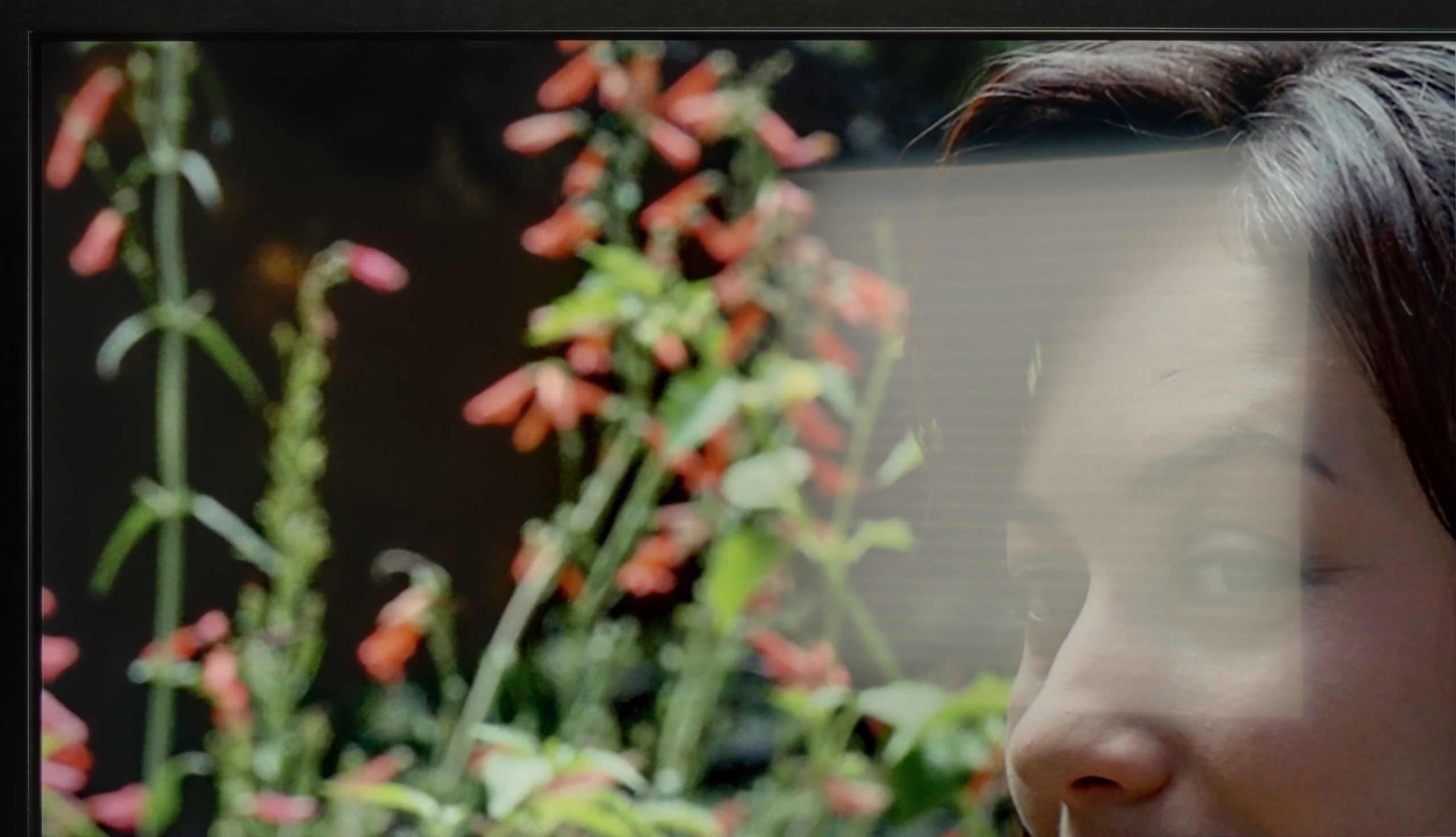
Matrix brightness
Average luminance SDR
Hisense U7Q: 519 cd/m2
Hisense U8NQ: 1236 cd/m2
Hisense U8NQ is equipped with a glossy panel that moderately suppresses reflections. Despite this, a brightness level of 1200 cd/m² is impressive and makes the television perform very well even in bright rooms. With such high brightness, watching content during the day is not a problem, and the image remains clear and readable even with a lot of external light.
The U7Q performs quite well in a sunlit room. The brightness in SDR mode averages around 520 nits, which in practice means that even on sunny days, it's comfortable to watch television—without the feeling that everything is drowning in our reflections. Additionally, thanks to the satin coating on the panel, the television does a good job of reducing reflections.
Details about the matrix
Subpixel Structure:

Panel uniformity:

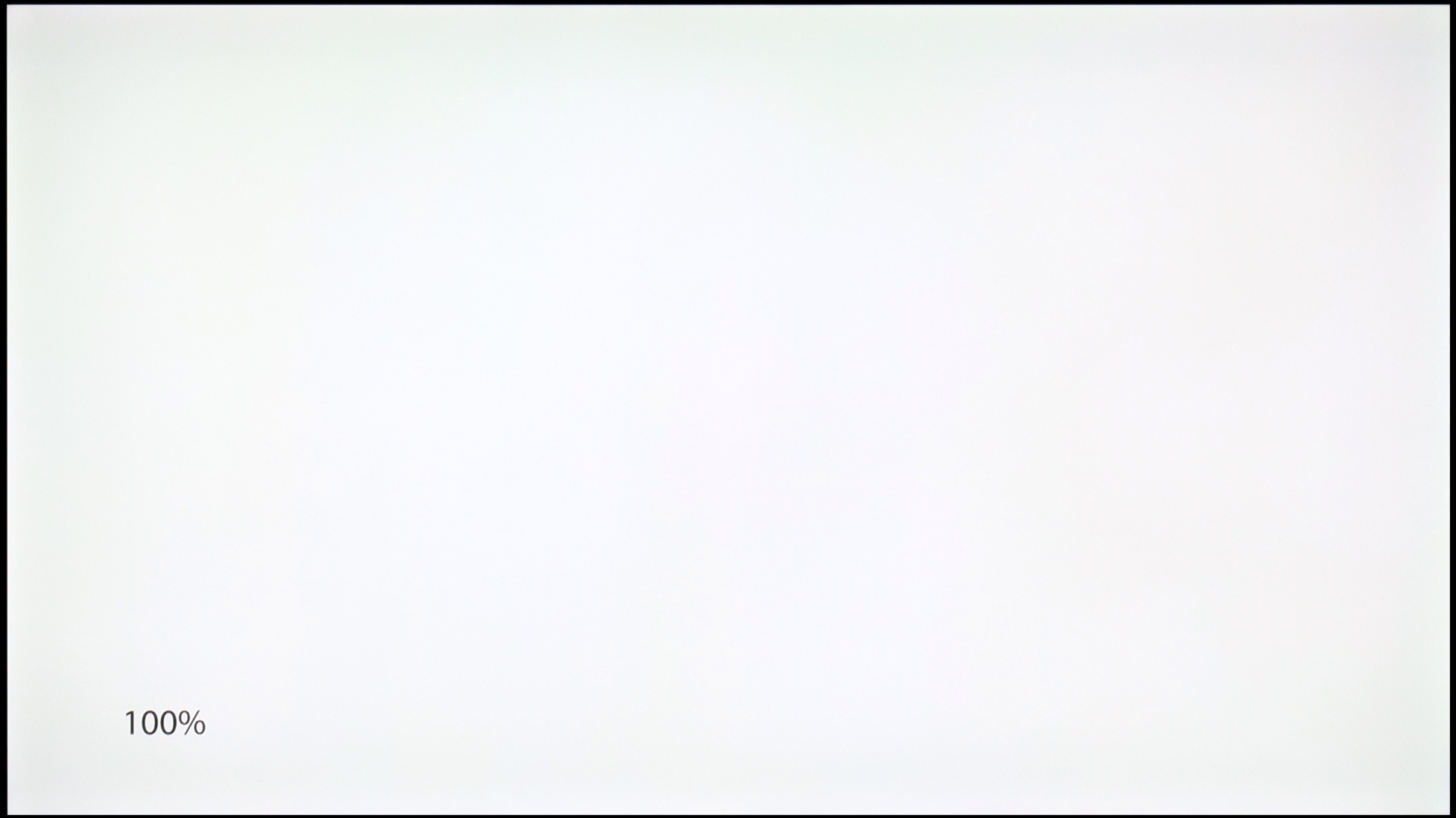
Hisense U8NQ
Hisense U7Q
TV features
8.5/10
8.9/10
- HDMI inputs2 x HDMI 2.0, 2 x HDMI 2.1 48Gbps2 x HDMI 2.0, 2 x HDMI 2.1 48Gbps
- Other inputsRCA (Chinch)RCA (Chinch)
- OutputsToslink (Optical audio), eARC (HDMI), ARC (HDMI), Mini-Jack (Headphones)Toslink (Optical audio), eARC (HDMI), ARC (HDMI), Mini-Jack (Headphones)
- Network InterfacesWi-Fi 2.4GHz, Wi-Fi 5GHz, Ethernet (LAN) 100MbpsWi-Fi 2.4GHz, Wi-Fi 5GHz, Ethernet (LAN) 100Mbps
- TV receptionDVB-T, DVB-T2, DVB-S, DVB-S2, DVB-CDVB-T, DVB-T2, DVB-S, DVB-S2
Classic features:
- Recording to USB (terrestrial TV)
- Recording programming
- Picture in Picture (PiP)
- RF remote control (no need to aim at the screen)
- Backlit remote control
- Teletext
- Audio only mode
- Possibility to connect Bluetooth headphones to the TV
- Possibility to simultaneously use Bluetooth headphones and the TV speaker
Smart features:
- AirPlay
- Screen mirroring (Windows Miracast)
- Wyszukiwanie głosowe
- Voice search in native language
- Ability to connect a keyboard and mouse


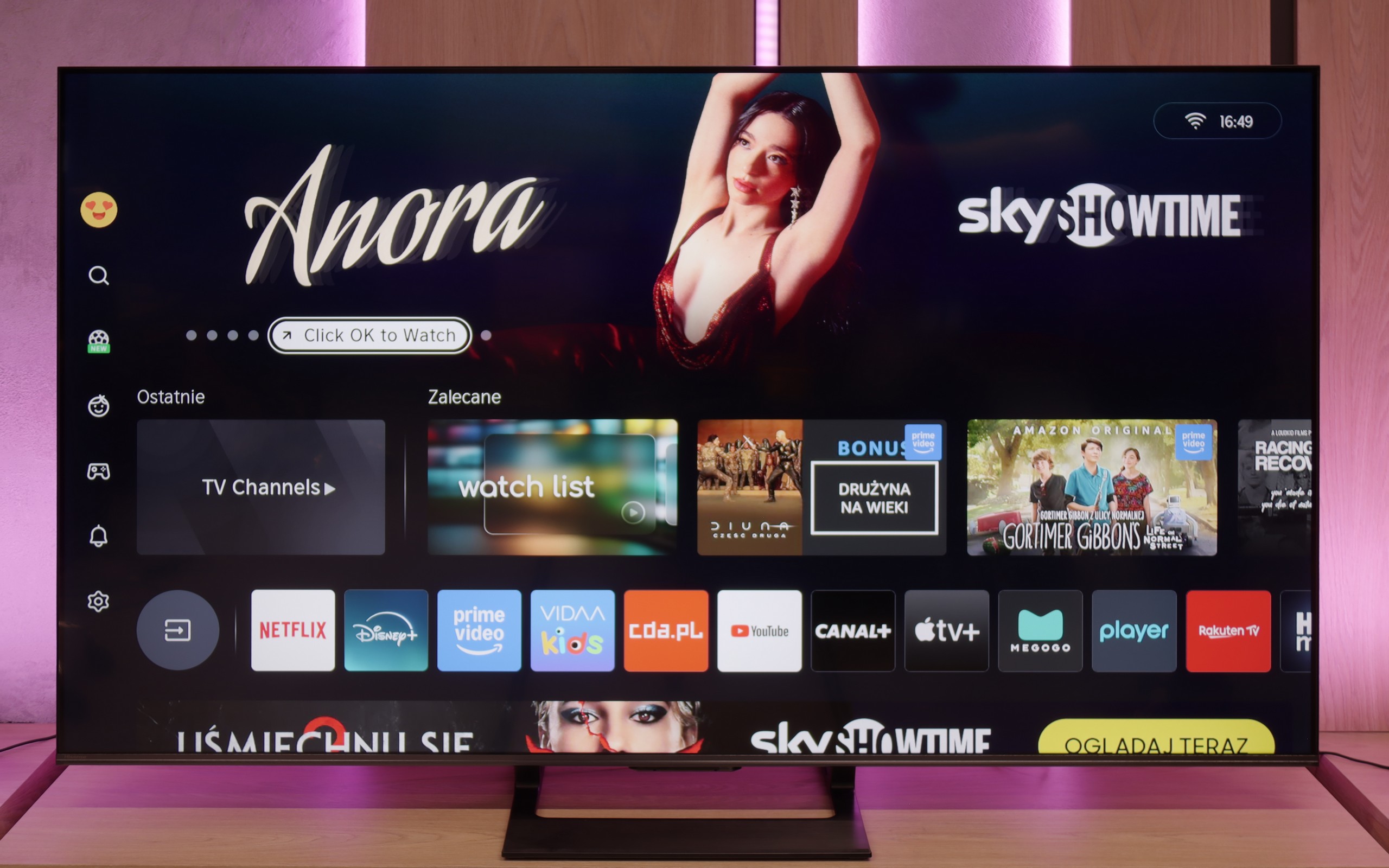

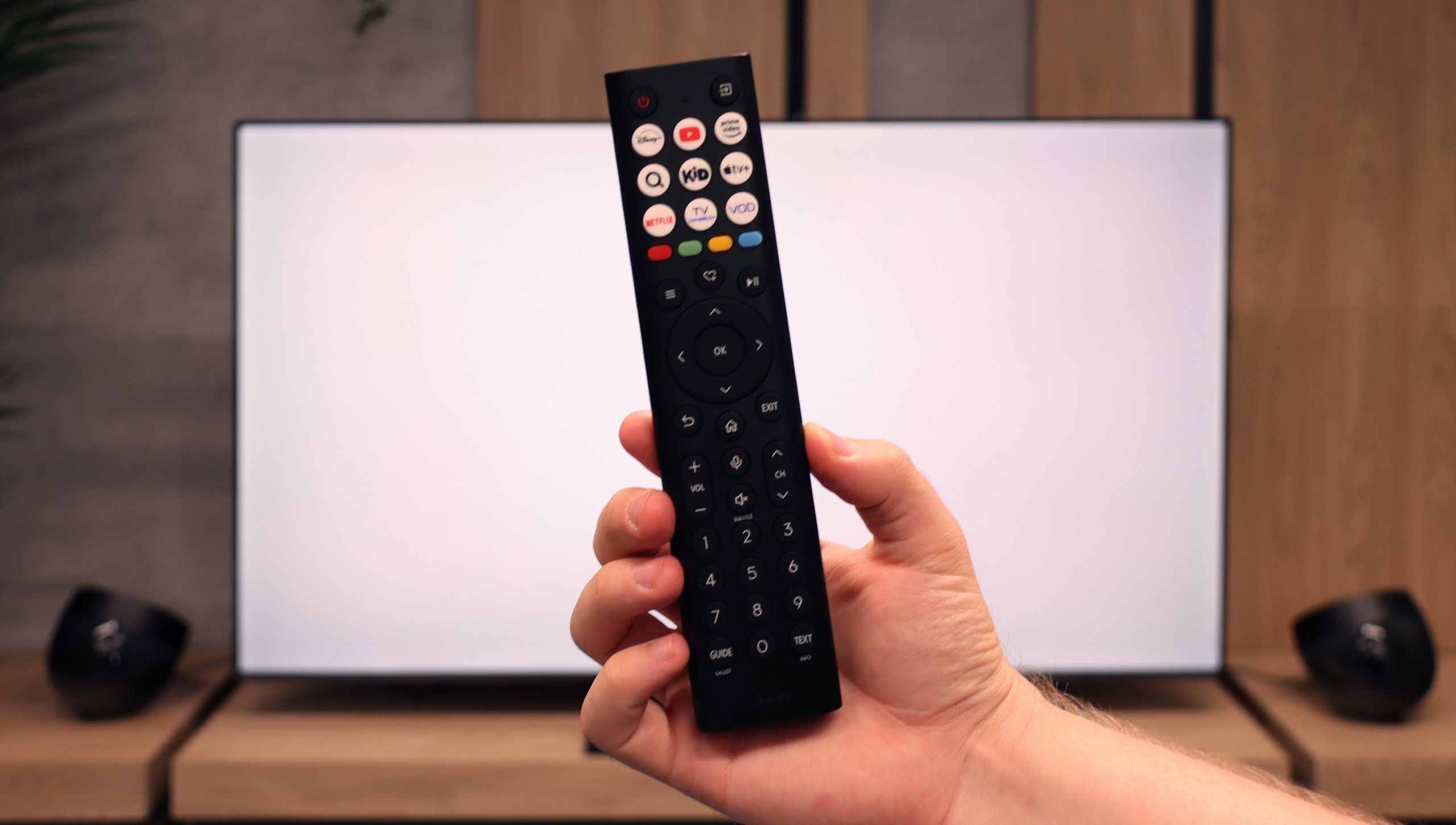
Hisense U8NQ offers many practical features. The television supports the ability to record programs, allowing for the saving of favourite content and playback at a convenient time. Additionally, there is support for AirPlay, which enables easy streaming of media from Apple devices directly to the TV screen. The Bluetooth function allows for the connection of various peripheral devices, such as headphones or speakers, which further enhances user comfort. Hisense U8NQ is also equipped with a simple yet functional voice control system that makes navigating the menu and selecting content easier.
The VIDAA operating system runs quite quickly. There are plenty of applications available, but unfortunately, it lacks music apps such as Spotify or Tidal. It is worth keeping this in mind to avoid being forced to purchase additional devices.
In terms of design, Hisense U8NQ looks modern with its narrow bezels and elegant stand. Although the device is not the slimmest on the market, its appearance is still stylish and will easily fit into most interiors. Despite the thickness of the casing being slightly larger compared to top models of competitors, the aesthetic finish and solid construction make the television present well in a living room.
Classic Features of U7Q
Hisense U7Q has a lot to offer when it comes to classic TV features. You can record programs to USB, easily connect external devices via Bluetooth, and the interface – such as EPG – is clear and readable. It may sound like something mainly appreciated by seniors, but the truth is that the U7Q has practically everything needed for watching traditional television. The only thing missing here is the PiP (picture-in-picture) feature.
Smart TV U7Q: Vidaa
When it comes to Smart features, the U7Q runs on the proprietary VIDAA system. And I must admit – it works really smoothly. Voice search in Polish? No issues. AirPlay and screen mirroring? They work without any problems as well. Of course, one must be aware that VIDAA is a closed system, so – as is often the case – some popular apps, especially those related to music, are missing. Therefore, before purchasing, it’s worth checking if all the apps you use daily are available.
Playing files from USB
8/10
8.2/10
Supported photo formats:
Maximum photo resolution:


In the Hisense U8NQ, the built-in file player handles the most popular video and audio formats, making it a very versatile solution for users. However, certain shortcomings can be seen in less popular image formats, such as Apple's HEIC. For typical formats like JPEG or MP3/4, the television performs flawlessly, easily meeting the multimedia needs of most users.
The built-in player in the U7Q fully meets the needs of most future users. The television seamlessly supports Polish characters and most popular video, audio, and photo formats. If we had to nitpick, it would be only about the limited support for certain photo resolutions – there are occasions when files from the camera are not displayed correctly. It's worth keeping this in mind if you plan to present photos directly from a DSLR or phone.
Apps
7.7/10
7.7/10














































Sound
7/10
7.2/10
- Subjective sound quality:7/107.2/10
- Dolby Digital Plus 7.1:
- Dolby True HD 7.1:
- Dolby Atmos in Dolby Digital Plus (JOC):
- Dolby Atmos in Dolby True HD:
- DTS:X in DTS-HD MA:
- DTS-HD Master Audio:
Hisense U8NQ performs quite well. Both low and high tones are audible, making the sound full and balanced. Even at higher volume levels, the TV handles it without significant distortion, which is a big plus. The sound is strong enough to fill the room, satisfying most users who do not have an external audio system. While the built-in speakers do not match the sound quality of home theatre systems, they are more than sufficient for everyday TV watching or movies.
Sound is one of the major advantages of the U7Q. The TV sounds really pleasant – there is a slightly noticeable bass, good tone balance, and it is definitely something more than just for "everyday news watching." You can easily play music on it and just enjoy the sound – of course in an entertaining way, not an audiophile one 😉. It also deserves high praise for full support for the most important audio codecs, which worked flawlessly. A small exception is Dolby Atmos in TrueHD version, which did not fully play when connected to a home theater, so if someone uses this format – it's worth keeping in mind – it may be a software bug.


